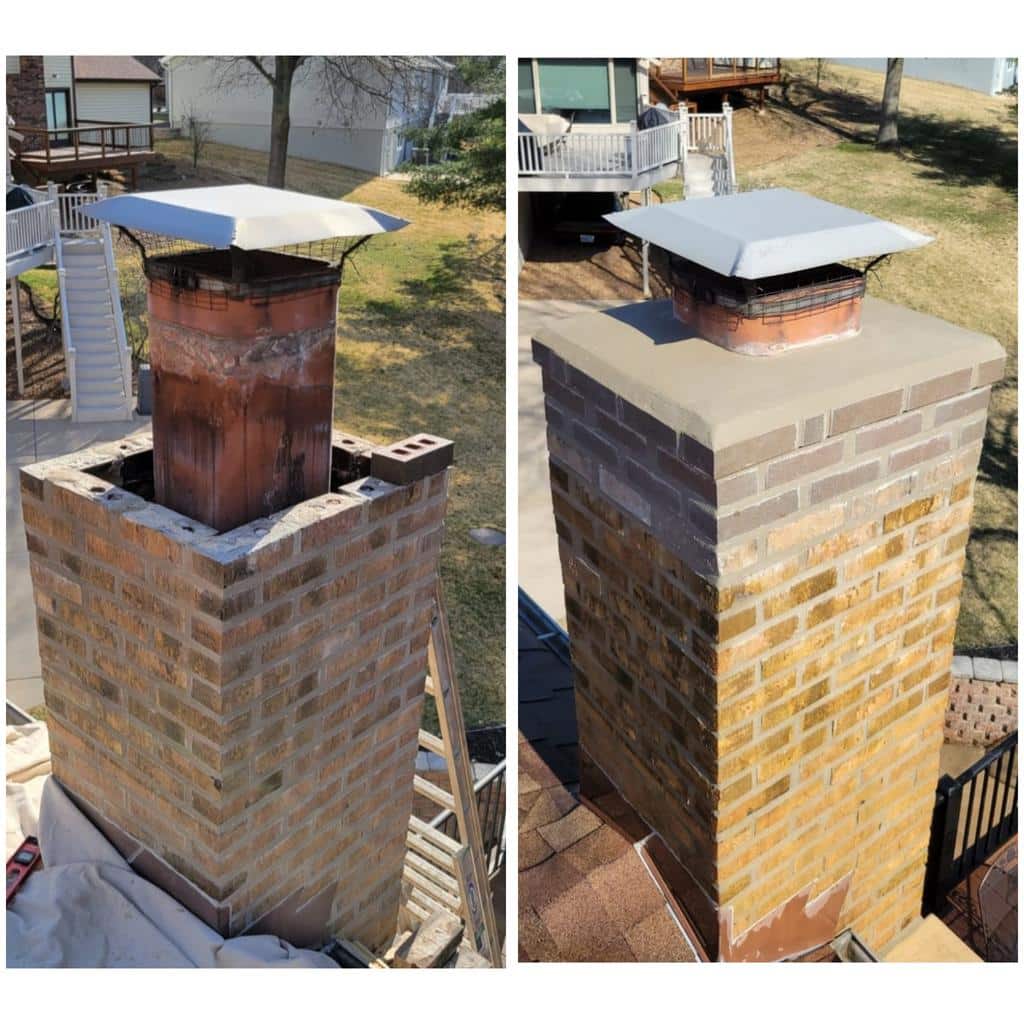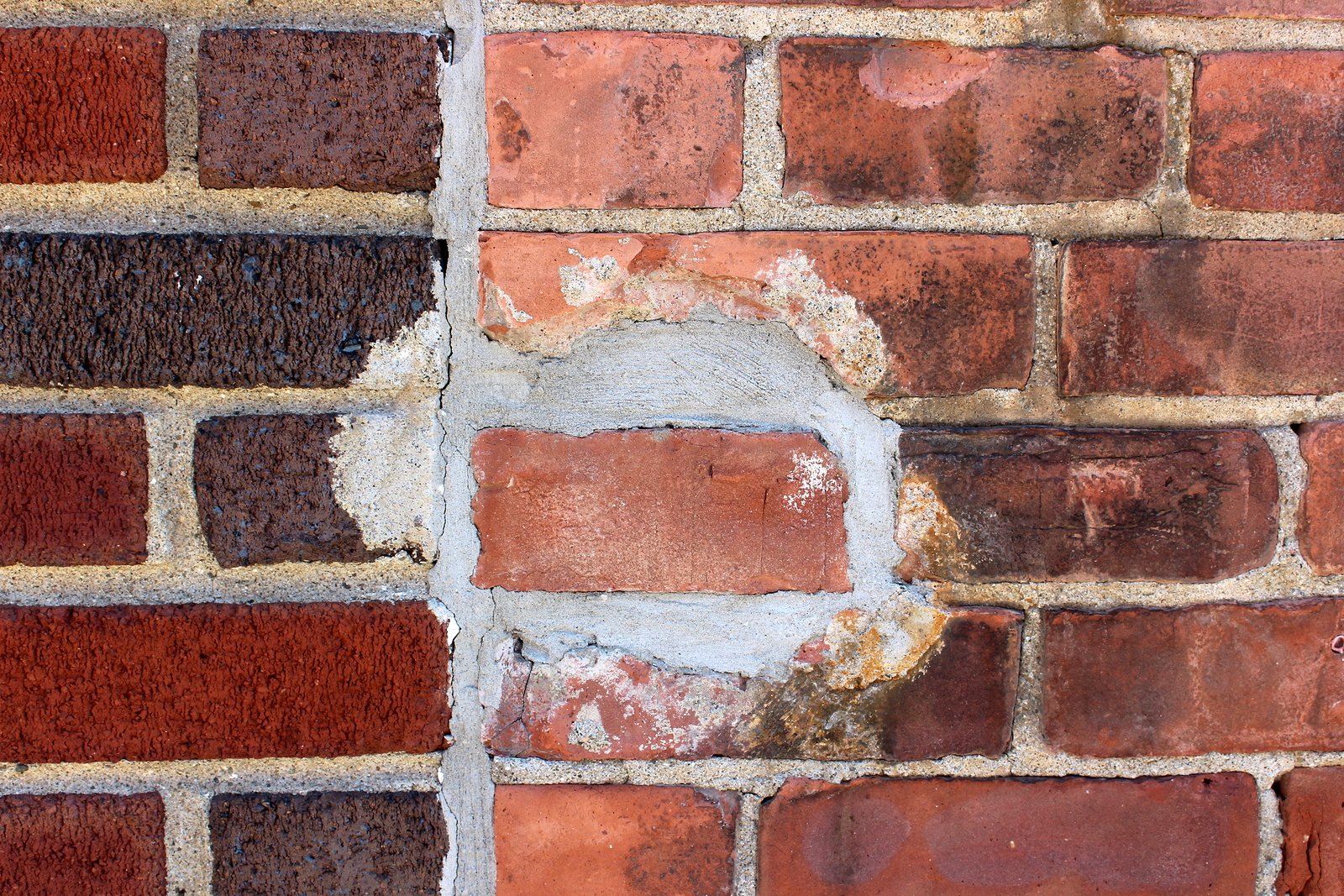Raul's Tuckpointing St. Louis MO: Setting the Requirement for Expert Stonework Repair Service
Wiki Article
Boost the Charm and Durability of Your Brickwork With Tuckpointing
Brickwork has long been esteemed for its ageless elegance and resilience. Over time, the mortar that holds those bricks with each other can weaken, leaving your framework prone to harm and taking away from its visual appeal. Anxiety not, for there is a remedy that can recover both the elegance and longevity of your brickwork: tuckpointing. This age-old method not just enhances the aesthetic appeal of your brickwork, yet likewise reinforces its architectural honesty. Yet just what is tuckpointing and exactly how does it vary from repointing? And exactly how can you make certain that your tuckpointed brickwork remains in pristine problem? In this conversation, we will discover the basics of tuckpointing, its advantages, the difference in between tuckpointing and repointing, the process itself, and the crucial techniques for caring and maintaining for tuckpointed brickwork.The Fundamentals of Tuckpointing
Tuckpointing is an experienced method utilized to boost the look and repair and architectural honesty of brickwork. It involves the process of getting rid of tatty mortar joints and replacing them with fresh mortar. The term "tuckpointing" refers to the practice of making use of 2 different shades of mortar to produce the illusion of fine joints, providing the brickwork an extra polished and visually pleasing look.
The primary step in tuckpointing is to carefully evaluate the condition of the brickwork. This involves inspecting the mortar joints for indicators of deterioration, such as breaking, collapsing, or missing mortar. Once the trouble areas have been recognized, the old mortar is meticulously removed making use of specialized tools, such as a grinder or chisel, while making sure that the bricks themselves continue to be intact.
After the old mortar has been eliminated, the next action is to prepare the joints for fresh mortar. This normally involves clearing out any type of particles or loose product and wetting the joints to make sure proper bond. Then, a knowledgeable tuckpointer utilizes a directing trowel to carefully load the joints with fresh mortar, seeing to it to develop a uniform and flush surface.
Advantages of Tuckpointing
Improving both the long life and appearance of brickwork, tuckpointing offers a number of remarkable benefits for property owners and homeowner alike. One of the primary benefits of tuckpointing is its capacity to expand the life-span of block frameworks. By changing deteriorated mortar joints, tuckpointing prevents wetness from seeping into the brickwork, which can result in architectural damage with time. This aids to preserve the stability of the brickwork and prolong its total toughness.Over time, mortar joints can become broken, faded, or tarnished, taking away from the total look of the brickwork. Tuckpointing includes thoroughly removing the damaged mortar and changing it with fresh mortar of a different shade.
Along with enhancing the long life and look of brickwork, tuckpointing can also enhance the worth of a home. Well-kept brickwork is seen as a desirable feature by prospective buyers and can dramatically boost the visual allure of a residential or commercial property. When the time comes to place the residential or commercial property on the market., this can lead to a higher selling price and a quicker sale.
Tuckpointing Vs. Repointing: What's the Difference?

To compare tuckpointing and repointing, it is very important to understand the essential differences between these two approaches of brickwork repair. While both techniques aim to maintain the architectural honesty and visual charm of brickwork, they vary in their technique and execution.
Tuckpointing is a precise procedure that involves using two different colors of mortar to develop the illusion of great joints. This technique is largely utilized to improve more the visual appeal of brickwork by producing the appearance of properly maintained and well-crafted joints. The colored mortar is very carefully used and formed to match the shade and account of the initial mortar, giving the perception of accuracy and workmanship.
On the various other hand, repointing is an extra uncomplicated process that involves removing broken or worn-out mortar from the joints and replacing it with fresh mortar. The main objective of click to read repointing is to restore the structural stability of the brickwork by making certain appropriate bonding and sealing between the bricks. Unlike tuckpointing, repointing does not include using colored mortar or the creation of a decorative impact.
The Refine of Tuckpointing
The application of 2 various shades of mortar to produce the impression of fine joints is a meticulous procedure understood as tuckpointing. This strategy involves getting rid of shabby mortar joints and replacing them with new mortar to enhance the look and structural honesty of the brickwork. The process of tuckpointing can be split into numerous steps.First, the old mortar is thoroughly removed using specialized devices such as mills and chisels. It is crucial to eliminate the mortar to an adequate deepness to make sure a strong bond with the new mortar.
Next, the joints are thoroughly cleaned to remove any type of debris or dirt. This helps to produce a clean surface area for the new mortar to follow.
Once the joints are cleansed, a slim layer of new mortar is put on the joint utilizing a small look at here now pointing trowel. This preliminary layer, called the "directing up" mortar, is typically the exact same shade as the existing mortar.
After the first layer has actually been used, a second layer of mortar is applied in addition to it. This 2nd layer, called the "fillet" mortar, is a various shade and is carefully shaped to create the impression of a great joint.

Keeping and Caring for Tuckpointed Brickwork
As soon as the tuckpointing procedure is completed, proper upkeep and treatment are vital to protect the enhanced charm and toughness of the brickwork. This upkeep not just makes sure that the tuckpointed areas remain undamaged and practical however likewise assists to avoid any type of potential damages to the total framework.One of the essential facets of maintaining tuckpointed brickwork is routine cleaning. It is crucial to stay clear of utilizing any kind of harsh chemicals or rough tools that can possibly damage the mortar or the blocks themselves.
Along with cleaning, it is crucial to examine the tuckpointed locations occasionally. This enables the very early discovery of any indications of wear and tear or damages. Any kind of cracks, loose mortar, or indications of water damages should be resolved quickly to avoid further wear and tear.
Moreover, ensuring appropriate water drainage around the brickwork is essential. Water pooling or incorrect water drainage can lead to moisture penetration, which can deteriorate the mortar and create architectural damages. Clearing up downspouts and seamless gutters consistently and making certain that they are correctly guided away from the brickwork can assist stop these concerns.
Last but not least, it is advised to seek advice from a specialist tuckpointing service provider for regular maintenance and repairs. Their know-how and experience can guarantee that any required repair work are done properly, maintaining the integrity and longevity of the tuckpointed brickwork.
Verdict
To conclude, tuckpointing is an important technique for enhancing the elegance and resilience of brickwork. It offers countless advantages, such as improving the structural stability of the stonework and stopping wetness infiltration. Tuckpointing includes the removal and substitute of tatty mortar, leading to a uniform and tidy appearance. By properly caring and maintaining for tuckpointed brickwork, home owners can guarantee its longevity and remain to enjoy its visual charm.
It entails the process of eliminating deteriorated mortar joints and replacing them with fresh mortar. Raul's Tuckpointing St. Louis MO.After the old mortar has actually been removed, the following action is to prepare the joints for fresh mortar. Tuckpointing involves very carefully getting rid of the damaged mortar and replacing it with fresh mortar of a different color. The colored mortar is meticulously applied and shaped to match the shade and profile of the initial mortar, offering the impression of precision and workmanship

Report this wiki page